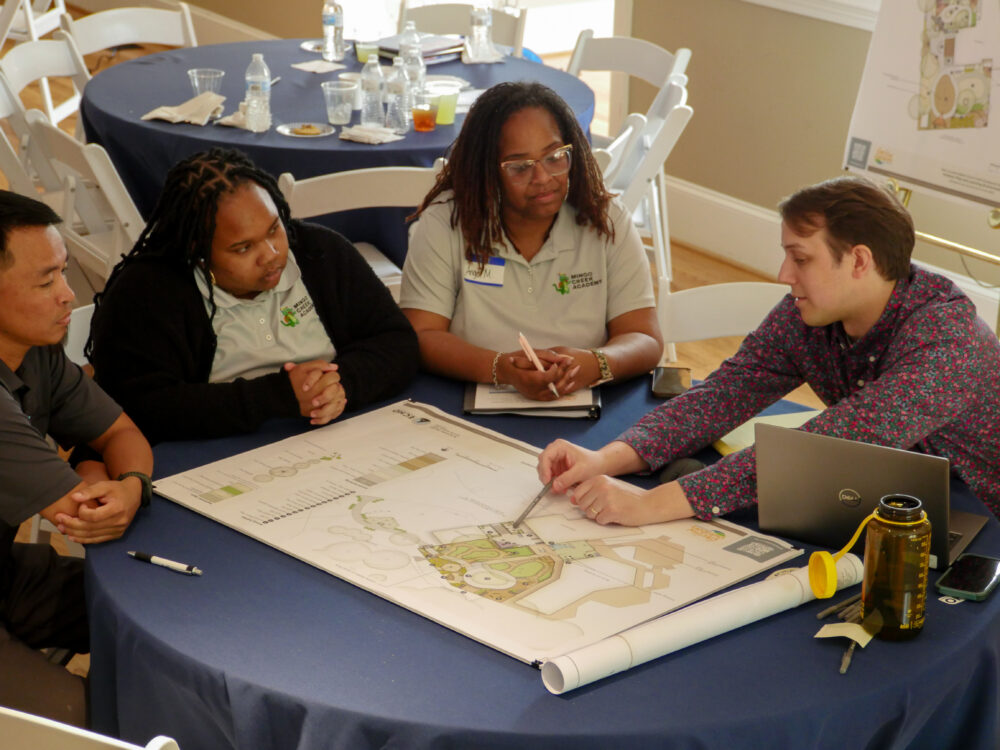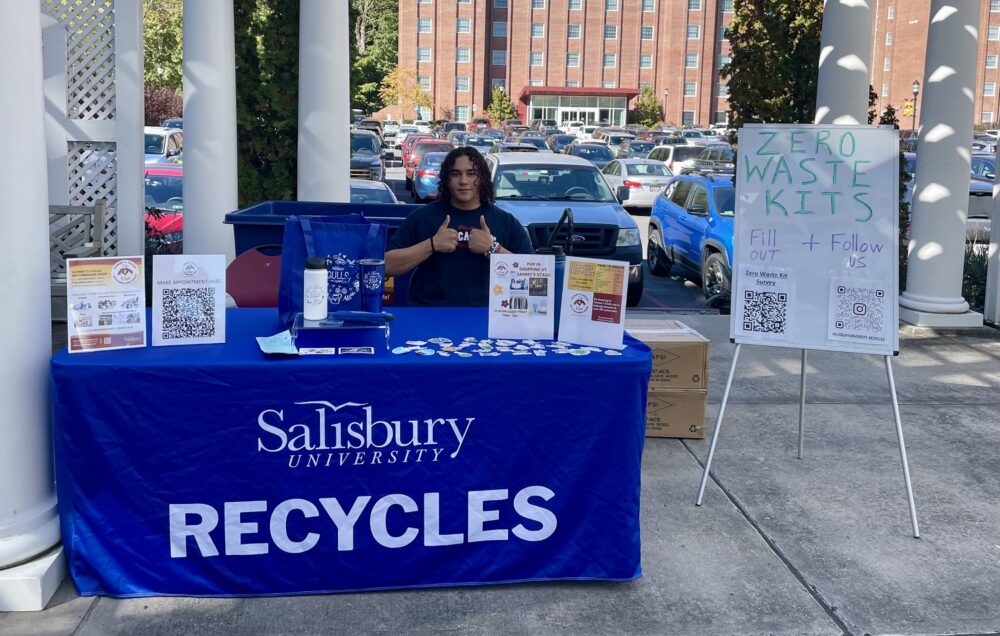We have much more to do and your continued support is needed now more than ever.
Education Newsletter May 2021
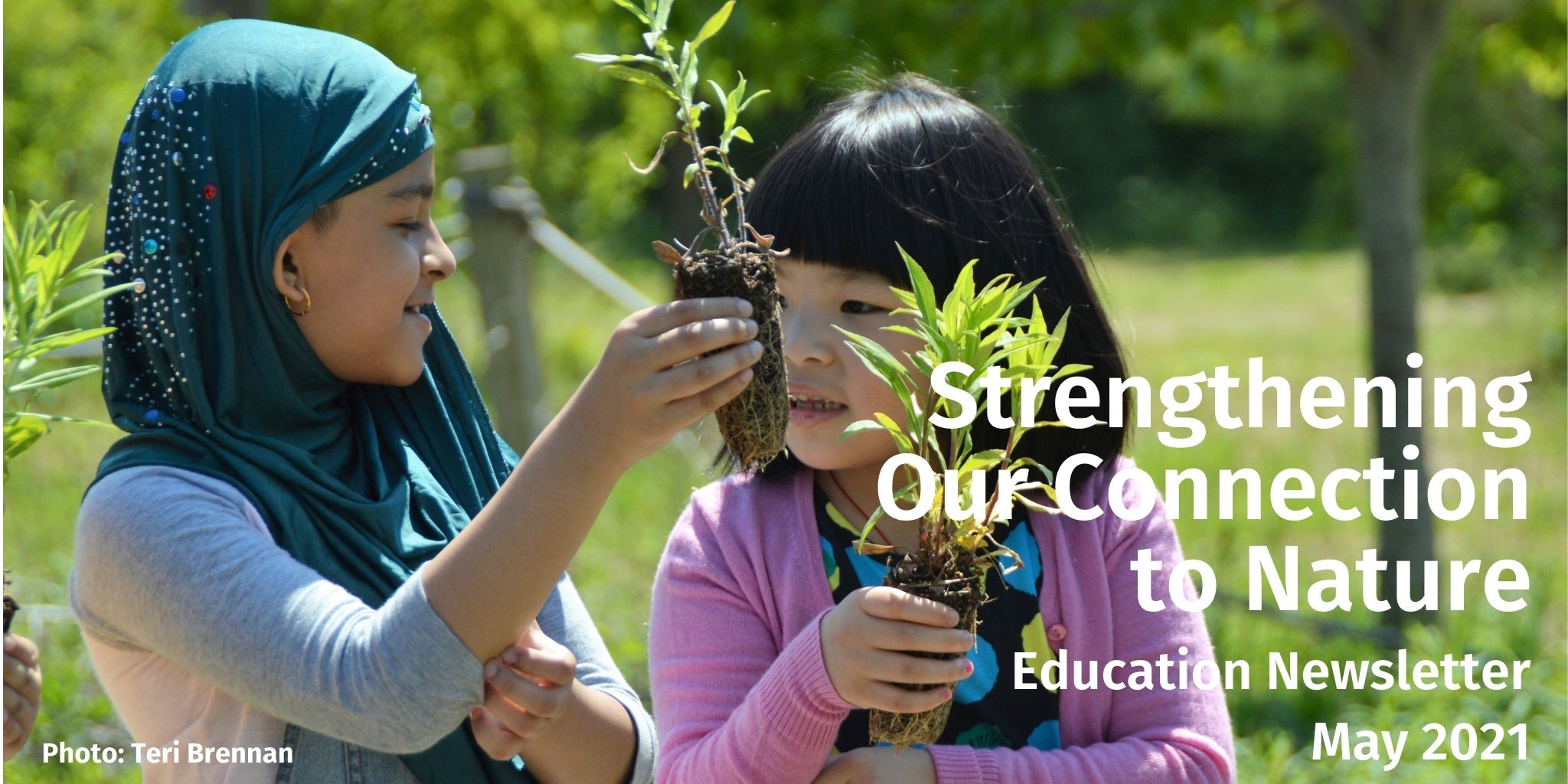
Have you heard? We are excited to share the news that the newly updated National Wildlife Federation’s Schoolyard Habitats® Planning Guide is now available for teachers and community partners! Find new Green STEAM (Science, Technology, Engineering, the Arts, and Mathematics) curriculum connections woven throughout the Schoolyard Habitats planning process. If you’ve ever been interested in creating a schoolyard habitat, this is an excellent month to start planning.
Keep reading for other news and more about the schoolyard guide!
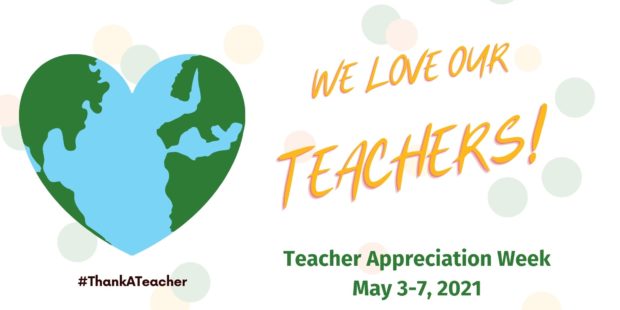
Watersheds, Oceans & Wetlands Pathways
We all have a role to play in protecting America’s waters, and it starts in our neighborhoods and schoolyards. Students can investigate issues related to storm runoff, tree conservation, green infrastructure trends, and more as they dive into the Eco-Schools USA Watersheds, Oceans, and Wetlands pathways.
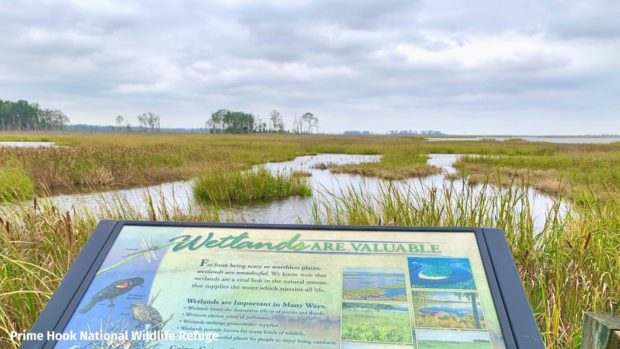
As we celebrate Garden for Wildlife™ Month throughout the National Wildlife Federation, discuss how actions we take in a backyard, neighborhood, or school garden can impact our waterways. Read and discuss Plant With a Purpose: Help Protect Salmon Habitat with Your Garden, which highlights these connections. Remote learners can also complete the Eco-Schools USA at Home Watersheds audit.
Take Learning Outside
The new Schoolyard Habitats® Planning Guide outlines a step-by-step process for planning, building, and maintaining a schoolyard habitat. Engage students along the way with activities such as Community Storytelling or Who Can Live Here Habitat Assessment.
Explore the guide as you begin creating a vibrant, outdoor learning environment that can be regularly used as an extension of the traditional classroom. By including native plants and other habitat elements, each schoolyard habitat helps restore the local environment and provides increased habitat for wildlife. Ultimately, these spaces can provide all students opportunities to have direct contact with nature, no matter where they live.
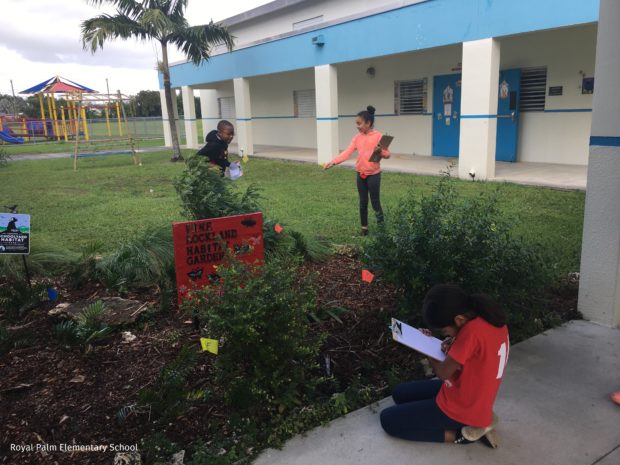
The National Wildlife Federation also released Growing a Wild NYC: A K-5 Urban Pollinator Curriculum. This guide provides educators with new opportunities to get students outdoors to observe and learn more about the vital role of the pollinators that call New York City home.
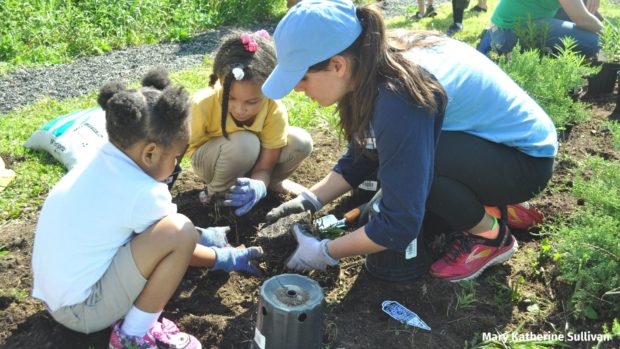
Although this curriculum has a place-based focus, it applies to all educators ready to engage their students in exploring pollinators in their community. Read the full press release. Students and families can also download the Growing a Pollinator Garden brochure. It’s a great way to learn about and take action for pollinators from outside the classroom.
Garden for Wildlife™ Photo Contest Winners Announced!

Prepare to be inspired by the 2020 Garden for Wildlife™ Photo Contest winners! Read more from the Florida youth photographer who captured this stunning photo in a school butterfly garden he started back in 2018. Browse through all the photos, including the honorable mentions collection.
Learn About Wildlife
Explore the life cycle of insects using the Mama Bug, Baby Bug story from the May issue of Ranger Rick® magazine. Younger students can play a matching game as they examine photos of adult and young insects, including mosquitoes and ants, and learn more about metamorphosis.
Find a life cycle extension activity for students in the May Educator’s Guide. Then use the National Wildlife Federation’s Wildlife Guide to learn more about invertebrates like ants, fireflies, walking sticks, and millipedes! According to the guide, there are more than 12,000 species of ants! Older students can discuss the impact of pesticide use to control mosquitoes after reading the recent article from National Wildlife magazine When Pest Comes to Shove. The article also shares tips as to how individual actions can make a difference.
Virtual Green Opportunities & Resources
National Wildlife Federation
- Children Thrive Outside: A New Day for Outdoor Play. Join the National Wildlife Federation’s Early Childhood Health Outdoors (ECHO) program and New America’s Early & Elementary Education Policy program on May 11, 2021 as they discuss nature as a health-equity strategy for young children and their families. This webinar will feature research supporting outdoor learning as a health equity strategy, success stories from practitioners in urban and rural settings, and policy levers at the federal and state levels for improving the quality of outdoor learning across early learning settings.
- Registered Eco-Schools—apply for a recognition badge for your school dashboard upon meeting the criteria upon completion of any Eco-Schools USA at Home modules
- Explore the updated Schoolyard Habitats® Planning Guide
- Virtual course: Climate Change: Building climate science knowledge to enact local change (grades 9-12)
- Discover virtual classroom resources for at-home learning, including learning activities, educational videos, Ranger Rick Family Guides, & wildlife and pollinator craft activities.
Other Resources and Opportunities
- Learn how to participate in upcoming events for Endangered Species Day May 21st!
- Registration is open for the virtual Green Schools Conference on June 28-29th.
- Find curated climate change PreK-12 lesson plans and resources
- Community Resilience to Climate Change: A Virtual Professional Development Workshop for All Educators from NOAA Planet Stewards July 5 – 29, 2021, with live panel discussions on July 8th, 15th, 22nd, & 29th.
- NOAA Teachers on the Estuary Workshops
- Learn more about the 9-week Climate Change Essentials for All Educators program happening this summer.
Professional Development














